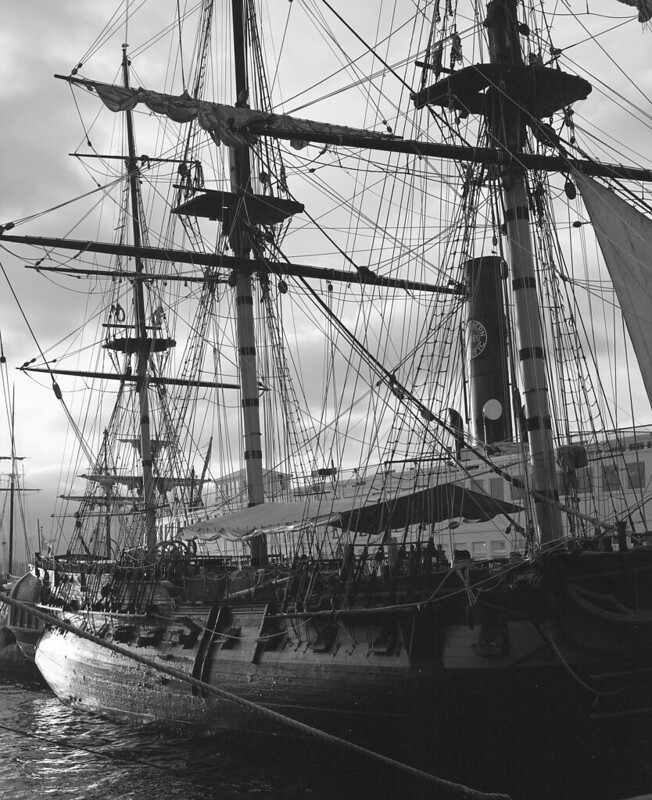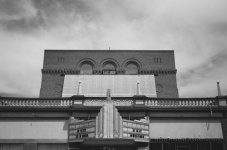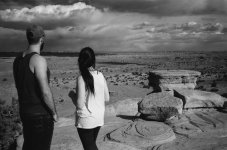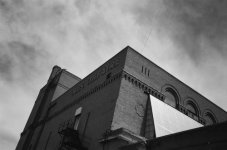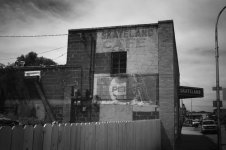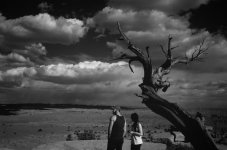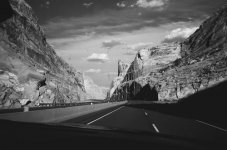robglickman
Member
From bhphoto:
"Rollei's Retro 80S is a slow-speed panchromatic black and white negative film with extended near-infrared sensitivity to 775nm. This additional red sensitivity helps to cut through haze or fog and also smooth skin tones and blemishes, making it ideal for portraiture. It has a nominal sensitivity of ISO 80/20° and is characterized by a fine grain structure and broad tonal range."
Also- did u set the film speed correctly on your M7? I don't think this film has DX coding (I may be wrong) and so if u did not set it manually, the default setting would have resulted in underexposure.
Yes, I set the film speed manually to 80






